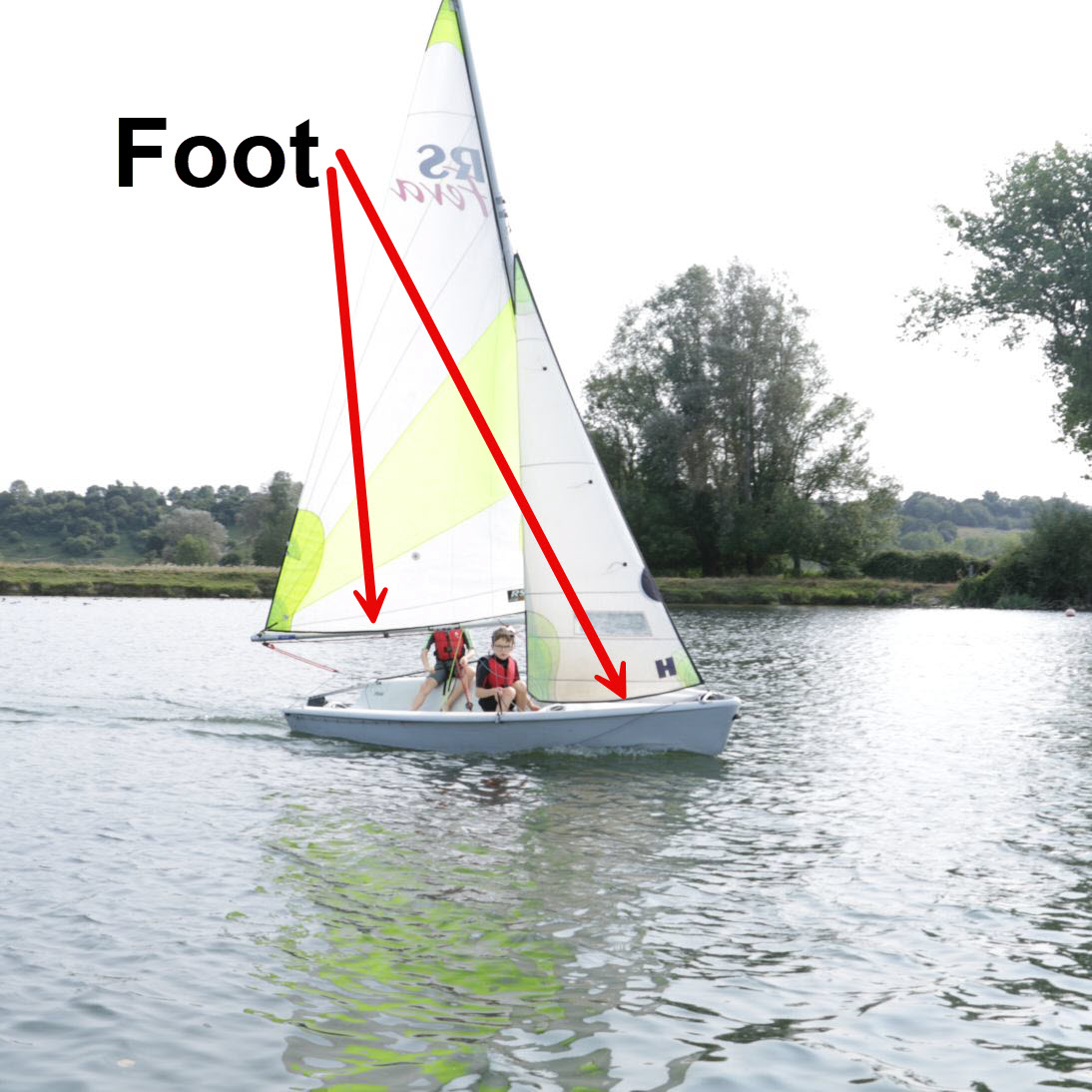Foot: The Bottom Edge of the Sail, Running from the Tack to the Clew
Definition:
The foot is the bottom edge of a sail, extending from the tack (the forward, lower corner) to the clew (the aft, lower corner). The foot plays a crucial role in shaping the sail and directly influences the sail's power and performance, particularly when sailing upwind.
Understanding the Foot:
In sailing, the foot of the sail is important for determining the overall shape and efficiency of the sail. It is usually attached to the boom on a mainsail, or it may be free, as in the case of some headsails like the jib. The tension along the foot is controlled by the outhaul, a line that adjusts how tightly the foot is stretched along the boom. Proper tension along the foot helps maintain the sail's shape, affecting its draft (depth) and overall aerodynamic performance.
How the Foot Works:
Tension Control:
The outhaul is the primary control line for adjusting the tension along the foot of the sail. Tightening the outhaul pulls the sail along the boom, flattening the sail and reducing draft. This is useful in strong winds where a flatter sail can reduce heeling and increase speed. Loosening the outhaul allows the foot to ease out, creating a fuller sail shape that is more powerful in lighter winds.
Sail Shape:
The tension on the foot influences the overall shape of the sail, particularly the amount of draft. A well-tensioned foot helps the sail maintain an aerodynamic profile that maximizes lift and minimizes drag.
Applications in Sailing:
Upwind Sailing:
The foot is particularly important when sailing upwind. A flatter sail, achieved by tightening the foot, helps reduce drag and allows the boat to point closer to the wind.
Downwind Sailing:
When sailing downwind, easing the foot can create a fuller sail shape, which can capture more wind and increase speed.
Sail Trim:
Properly adjusting the tension along the foot is an essential part of sail trim, helping to optimize the sail's performance in different wind conditions.
Examples of Usage:
"Tighten the outhaul to flatten the foot and reduce the sail's draft as we sail upwind."
"In light winds, ease the foot to create a fuller sail shape and generate more power."
"Check the tension along the foot to ensure the sail is trimmed correctly for these conditions."
Visual Representation:
Image Description:
Diagram of a sailboat showing the foot of the mainsail, highlighting its location along the bottom edge of the sail.
Importance in Sailing:
The foot of the sail is a key element in controlling the sail's shape and performance. Proper tension along the foot ensures that the sail maintains its intended aerodynamic profile, allowing the boat to sail efficiently and effectively in varying wind conditions. Understanding how to adjust the foot using the outhaul is essential for optimizing sail trim and achieving the best possible performance on the water.
Related Terms:
Outhaul:
A line used to adjust the tension along the foot of the sail, controlling its shape and draft.
Luff:
The leading edge of the sail, where tension is applied to maintain the sail’s shape.
Leech:
The trailing edge of the sail, which is affected by the tension on the foot and other controls.
Clew:
The aft, lower corner of the sail, where the foot and leech meet.
Conclusion: The foot is the bottom edge of the sail, running from the tack to the clew, and plays a crucial role in shaping the sail and controlling its performance. By adjusting the tension along the foot with the outhaul, sailors can optimize the sail's draft and overall aerodynamic efficiency, ensuring better speed, balance, and control. Proper management of the foot is essential for effective sail trim and overall sailing performance.
